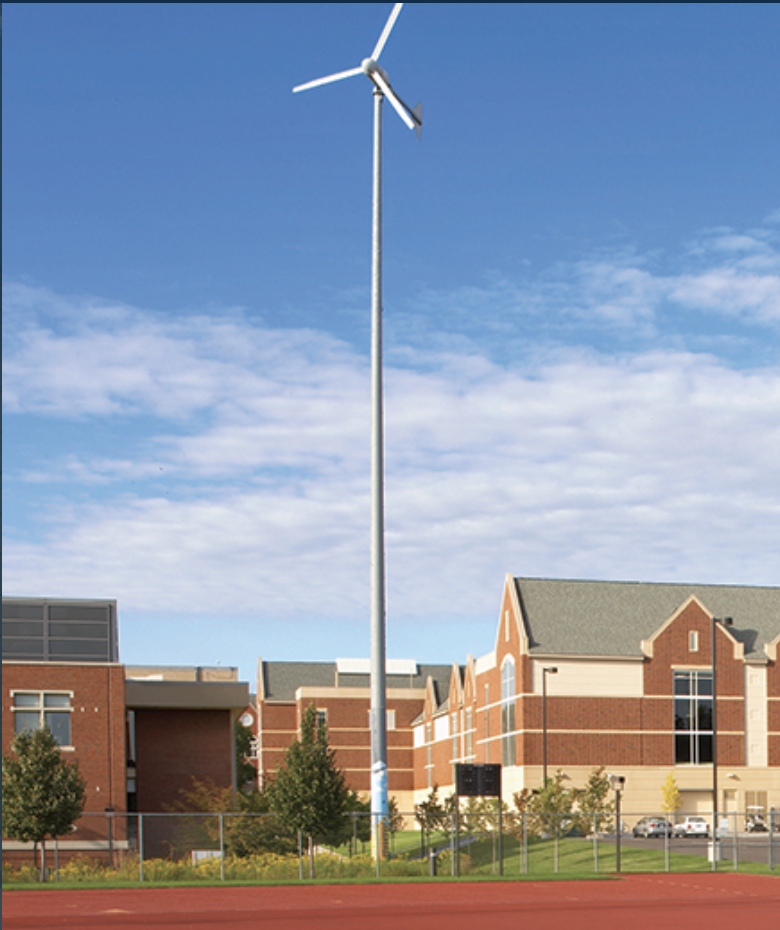Decarbonization Efforts & Goals
Contact
Sustainability Office1657 Lincoln 651-696-6019
sustainability@macalester.edu
facebook twitter instagram

The Macalester Sustainability Advisory Committee is working to develop a new climate action and resilience plan for Macalester College. If you are interested in getting involved with this process email [email protected].
Macalester Initiatives Towards Decarbonization Efforts & Goals:
Efficiency: Macalester College has made sizable investments in past & ongoing energy conservation projects, and in 2016 started tracking the expected energy savings from these efforts using the GRITS (Green Revolving Investment Tracking System), which is an initiative of the Sustainable Investments Institute. The table below shows the savings expected to be derived from investments made in energy and water conservation projects implemented to date.
Sustainable Transit: Universal Bus Passes are available to all students. Macalester students, staff, and faculty can also rent a bike for free (along with a helmet and lock) at the checkout counter in the Library with a valid Mac ID. Bikes are available in three different sizes with adjustable seat post and handles to fit all different riders. Students in need of a bike more frequently can complete a personal bike request, which provides the opportunity to be given a bike permanently. Our campus also has Hour and EV Car share with information found in the Hour Car & EV Car Share Guide. If you are interested in joining the alternative transit staff and faculty group please email [email protected] or [email protected].
Solar and Wind: December 2015 brought Macalester its first photovoltaic installation located on the roof of Markim Hall. Panels were manufactured by tenKsolar and provide Markim Hall and campus with about 17,000 kWh of electricity each year. This avoids nearly 10 metric tons of CO2 from entering the atmosphere per year (saving $43,000 after 15 years, which can only increase as solar power becomes less expensive) Expected lifespan of thirty years.
Community Solar: Content Coming Soon!
Macalester’s Resources For Tracking Progress:
Macalester 2024-2025 Energy Report
Real Time Metering Data (Electricity, Water, Gas, Steam Condensate)
Markim Hall’s Real Time Solar Energy Output